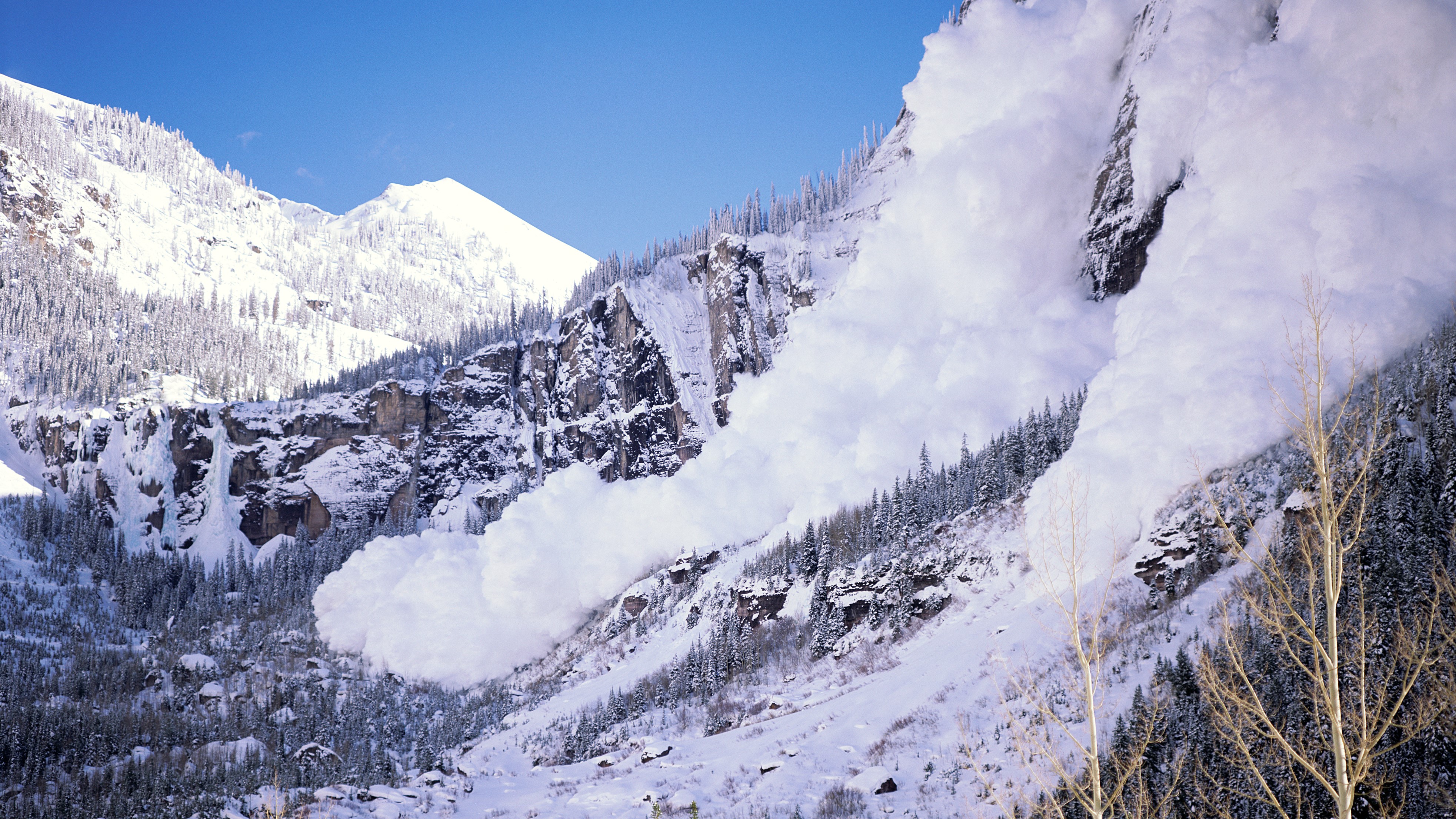"Even professionals make mistakes" – avalanche forecaster buried in large slide
The forecaster was reportedly carrying out field work when he was caught and partially buried

A Colorado avalanche forecaster has reportedly been caught and injured in a slide while carrying out fieldwork. The incident occurred on Monday, April 8 when the man was working on the northeast slopes of Mount Bethel, north of Loveland Ski Area, at elevations of around 11,800 feet.
According to reporting in the Vail Daily, the man, who has not been identified, was caught in a large slide just before 2 p.m. The avalanche carried him a short distance before he was pinned against some trees and partially buried. When he did not check in with the Colorado Avalanche Information Center at the predetermined time, crew members made contact with him via his Garmin InReach satellite device and initiated a rescue mission.
“Any job that requires you to operate in the mountainous environment will carry with it certain inherent risks including moving through avalanche terrain,” says CAIC Deputy Director Brian Lazar.
“This points out that even professionals with a well-reasoned trip plan can make mistakes.”

Members of mountain rescue and CAIC headed out into the field on foot and discovered that the man had been caught in a D2 slide, big enough to cause death or serious injury. He was in the beginning stages of hypothermia and had suffered some undisclosed injuries for which he was treated in the field. A Flight for Life helicopter dropped more rescuers close to the accident site and they skied to the victim, where they were able to extract him in a toboggan. A team of 10 skied the man down in the dark and in challenging snow conditions to a waiting ambulance on 1-70.
“Though we can do a really good job of reducing the risk of avalanches, you can never reduce that risk to zero when working in a backcountry environment," says Lazar.
Rescue teams warn all backcountry travelers to carry a satellite communicator, wear clothing with RECCO reflectors and carry a whistle and flashlight so you have multiple ways to call for help should disaster strike. No matter how experienced you are, it serves as a reminder to always carry the 10 essentials and have avalanche safety training.
All the latest inspiration, tips and guides to help you plan your next Advnture!
“This avalanche happened to the best of the best,” says Dale Atkins of the Alpine Rescue Team.
“It just shows the challenges of traveling in the backcountry. This was not scary looking terrain. It wasn’t steep gullies or gnarly cliff bands. It’s the kind of terrain backcountry skiers would like to play in.”
Julia Clarke is a staff writer for Advnture.com and the author of the book Restorative Yoga for Beginners. She loves to explore mountains on foot, bike, skis and belay and then recover on the the yoga mat. Julia graduated with a degree in journalism in 2004 and spent eight years working as a radio presenter in Kansas City, Vermont, Boston and New York City before discovering the joys of the Rocky Mountains. She then detoured west to Colorado and enjoyed 11 years teaching yoga in Vail before returning to her hometown of Glasgow, Scotland in 2020 to focus on family and writing.

